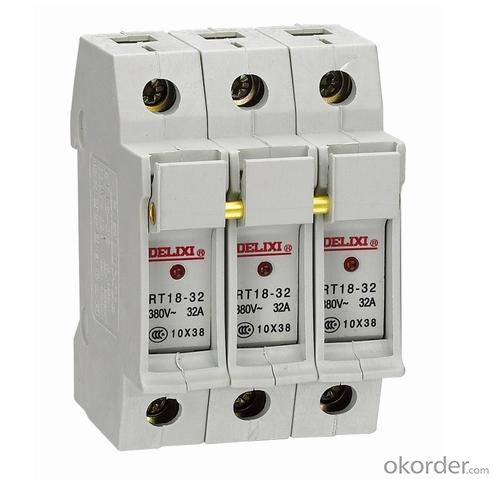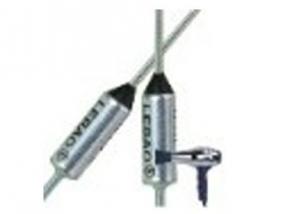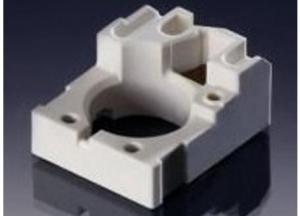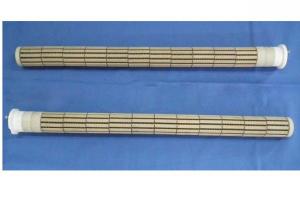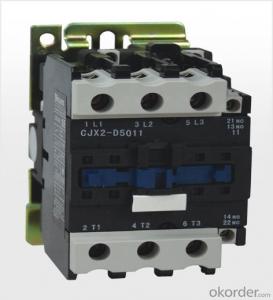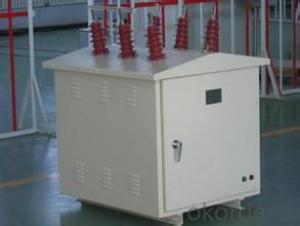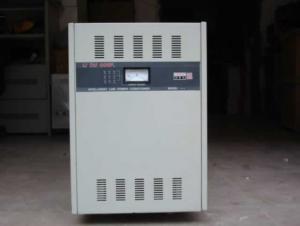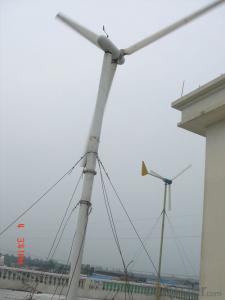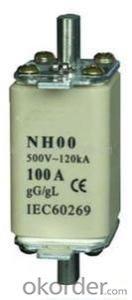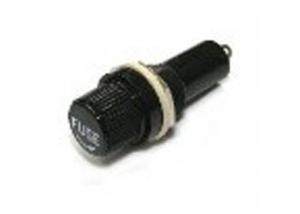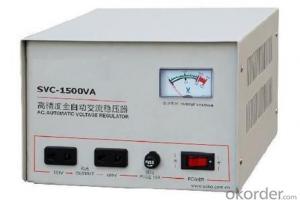High-voltage Current Limit Fuse for Engine Protection
- Loading Port:
- China Main Port
- Payment Terms:
- TT or LC
- Min Order Qty:
- -
- Supply Capability:
- -
OKorder Service Pledge
OKorder Financial Service
You Might Also Like
1. Product Description:
Fuse is a device that causes the melt to fuse with the heat generated when the current exceeds the specified value. Fuse is a current protector, which is based on the current exceeding the specified value for a period of time, so that the heat generated by its own melt, thereby causing the melt to melt. Fuse is widely used in high voltage power distribution systems and control systems and power equipment, as a short circuit and over current protection, is one of the most widely used protection devices.
2. Product Characteristic:
1) Good selectivity. On the lower level Fuse ,Fuse Rated current as long as it meets the current selection ratio of 1.6:1, superior Fuse Rated current is not less than lower the value of 1.6 times, is on the lower level can have selective cutting fault current of GB and IEC standard;;
2) The limiting performance is good, and the breaking capacity is high;
3) The relative size is small;
4) The price is cheaper.
3.Specification:
Model | Rated voltage KV | Rated current A | Rated breaking current KV |
XRNP1-10(50-1) | 12 | 0.5,1,2,3.15 | |
XPNP1-10(50-2) | 2;3.15 | 50 | |
XRNP1-35 | 40.5 | 0.5,1,2,3.15 |
4. Reference Picture:
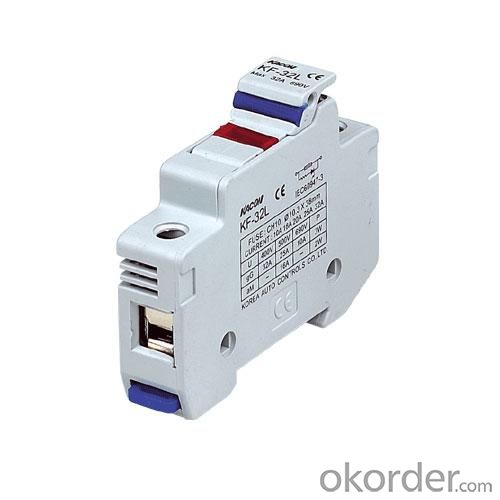
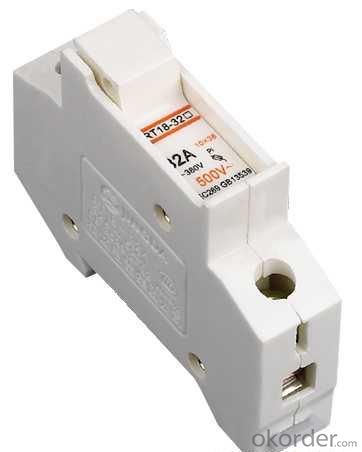
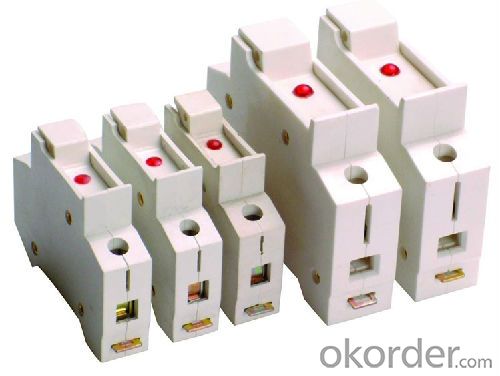
- Q: Alright here we go, I replaced my spark plugs and wires at this time I had my battery out. Anxious to see it run, I picked up my battery , placed it in the wrong way and hooked it up backwards(positive to negative and negative positive). I saw a spark and I immediately stopped. Panicked of course cause I knew i did something stupid. Now my car will not start (has no power what so ever) however the brake lights, horn, and hazard lights work which is weird. I have an ECU or ECM from my other prelude (i replaced it to see if it would run, i didn't). I looked at all the fuses under the hood to make sure the mains were not shot (abs fuse seems to be weird tho, what is that?) I put a different battery in, tried it and nothing. What could it be?
- The sensitive electronic components are likely protected by diodes so you'll need to look and check closely to all related fuses as indicate in the fuses/relay boxes: The under hood box: Fuse # 31 (30A), # 32 (100A), # 33 (50A), # 34 (40A), # 35 (40A), # 36 (50A), # 42 (20A) The under dash box: Fuse # 14 (15A): This is the PCM fuse. Check those fuses, make sure they are good, if in doubt you can buy a DVOM (Digital Volt Ohm Meter) from any auto part store and it's less than $35 to ensure testing the fuses the right way. Good luck to you, there is a fuse you've missed some where. If you need all five wiring diagrams for the Power distributor systems for the car or the FSM. Send an E mail with you E mail address and I'll send it to you. The files are too large to send through YA forum. HTH Edit: One of the five wiring diagrams
- Q: I have a carpc, and it works fine usually, and today I decided to clean up the wires a little well anyways long story short, I shorted something out, and the computer shut off I checked all of my car fuses, and fixed one that was blown, and tried it agian, but nothing would happen I took the computer inside, and plugged it into my desktop's power supply, (4 pin, and mobo cable) and the green light showed up, but when I hook up a switch to the front panel connector, nothing happens. no fan spin or anything ram is seated correctly etc, and i don't think its a mobo fuse because the mobo light is green need some help here will award 10 points to someone who knows what they are talking about, not someone who just wants a quick 2 points.
- You probably permanently damaged a component in your device which is why the fuse blew, but not fast enough to save it from damage.
- Q: I have 1999 Honda Accord. Recently, the buttons on the Climate control panel stopped working. The round knobs controlling air flow into the car and the temperature are fine. It is just that I cannot control where air gets directed via those buttons. At the same time, the clock is not illuminated (the clock is fine). Would like to find out if there is a fuse or an electrical component controlling both (control panel and the clock light) has gone bad? if yes, where can I find it? thanksrajesh
- definite actual a wheel bearing, have the code ran for unfastened at a great number of places,on the abs element,it would help comprehend which bearing is going undesirable,in case you may not hear it now,front the noise will pass away for a 2nd if turning the wheel particularly
- Q: I am trying to repair a fill valve fuse in my maytag washer.
- stay with the recomended fuse size. sounds like the solinoid valve went bad. the valve will have two wires going to it disconnect the wires and use a conductivity meter from wire to wire. if you have conductivity the valve is good. if not replace the valve.
- Q: I drive a '97 Dodge Dakota. I've had it for 3yrs now. When I first got it from my G-pa,the headlights were acting up at that time which was like October/November '06. Got a new switch and that did the trick. Well apparently not because the same problem came right back. And when the switch was pulled out we flipped it over to see if there was a problem underneath it. Well you could clearly see one of the terminals was fried. So again we replaced the switch. Problem solved. WRONG. The same problem has come back to haunt me now,2yrs later. Now as before,the headlights would come on and as I drove they would flicker on and off,though if the high beams were switched on or held on,I would have no problems. Now they don't flicker on and off,I pull the switch and they don't even come on. I can hold in the high beam switch and they stay. There is the scoop. Any tips/help would be greatly appreciated.
- Verify there is battery voltage present at the switch on the Red/White wire. If not check fuses. If ok check for battery voltage coming out of the headlight switch on the Light Green wire in the headlight position. If no voltage on LG wire , replace headlamp switch. .
- Q: I found a 2x12 Line Six Spider III amp for sale, the vendor claims that it can be fixed by installing fuses. Does this mean that the current fuses are blown, or that it never came with fuses? In the former case, how would I be able to tell if the fuses are blown, or if it only needs new fuses and there's not some other underlying issue?
- If the amp works there is not any reason to change the fuse. merely placed the previous one lower back in. The time to alter a fuse is whilst it blows. using the incorrect type of fuse ought to enable your amp to be broken interior the form of a ability surge, and/or ought to create an electric probability. do no longer attempt to artwork on something interior the amp. Amps are risky. some varieties are even risky whilst unplugged. Fuses do no longer influence the tone; sounds like placebo result (on you, no longer the amp).
- Q: I am trying to fix the a/c and i need to find the relay. I have to fuse box but cannot locate the relay and thats where i found the problem to be
- You can get a Chiltons and Haynes Manual for or jeep at Auto Zone, Parts Plus or even the part department of a jeep dealer. The wiring diagram is in these books.
- Q: I was told to replace the distributor and check the fuses. Also to check the wiring from the distributor to the alrenator. Where is all this stuff at and how do I check it The car just stopped and sounds like it is going to start but won't. Thanks
- First okorder
- Q: I have a 1985 Cadillac Eldorado and I took it to Oil Can Henrys and got an oil change. I started driving home and my car is having problems, my CD pplayer was turning off and on, thelevel ride was flickering and making alot of noise. and it has even stalled with the Service Now light onany suggestions what it might be?BTW: i took the alternator off and had it tested and they said it was still really healthy
- Sounds like Electrical problems it can be as simple as a blown fuse or a faulty component get it tested. It is strange why all would act up after an oil change. Well if it wasn't for bad luck no one would have any luck at all.
- Q: I have 5mm LEDs that Im using to make automotive tail lights with and I need to know what I use for surge protection.
- Figure out the current draw, and use a slow-blo fuse in series. Why do you need surge protection in an automobile ?
Send your message to us
High-voltage Current Limit Fuse for Engine Protection
- Loading Port:
- China Main Port
- Payment Terms:
- TT or LC
- Min Order Qty:
- -
- Supply Capability:
- -
OKorder Service Pledge
OKorder Financial Service
Similar products
Hot products
Hot Searches
Related keywords



